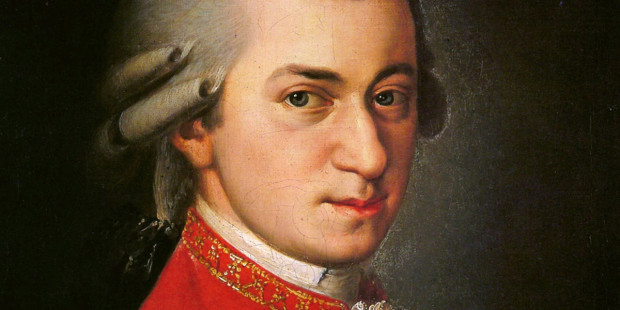It’s one of the most beautiful musical compositions, performed—especially in Rome—during Holy Week. It’s the “Miserere mei, Deus,” composed by Gregorio Allegri in 1638, during the pontificate of Pope Urban VIII.
It’s a musical setting of Psalm 51, also known as the Miserere (“Have mercy,” the first word of the psalm in Latin), which is prayed during penitential celebrations. It was composed to be sung in the Sistine Chapel during the Easter Triduum of Holy Week. Allegri most probably composed a straightforward melody, and encouraged his choir to embellish it. These embellishments were passed along by oral tradition, and never written down.
Originally, it could only he heard in the Sistine Chapel, and there was even a penalty of excommunication for anyone who spread the composition beyond the walls of the chapel. Despite this, a few copies were made; for example, the Emperor Leopold I of Austria obtained one, although it wasn’t the most reliable copy.
It wasn’t until 1770 when a musical child prodigy obtained the copy which, with some adjustments, is the one heard nowadays during this time of year. At the age of just 14, the boy accompanied his father to Rome, where he had the chance to listen to Allegri’s composition in the Sistine Chapel. For more than a century, the work had only been interpreted by the choir in that chapel, and it had never gone elsewhere.
That young boy was Wolfgang Amadeus Mozart, and he only needed to hear the piece once to write it down on paper. He transcribed it from memory. Nonetheless, not satisfied with the result, he went back to hear it again so he could make the necessary corrections to the sheet music.
In the Sistine Chapel, with his papers in his hand, he was caught by a monsignor. Mozart was then taken to Pope Clement XIV, who was amazed by the boy’s skill, which allowed him to transcribe such a piece of music from memory.
The young man explained to the Pontiff that he had made the transcription the day before, and had returned to the Sistine Chapel to make some corrections. The pope, totally astonished, conferred on him the Order of the Golden Spur, one of the most important pontifical honors.
That original copy by Mozart is lost, but it is documented that the version we hear reproduced is from his copy, and it is probably the most faithful to the original, which once was only heard in the Sistine Chapel by a privileged few.
This article was first published in Aleteia’s Spanish edition.

